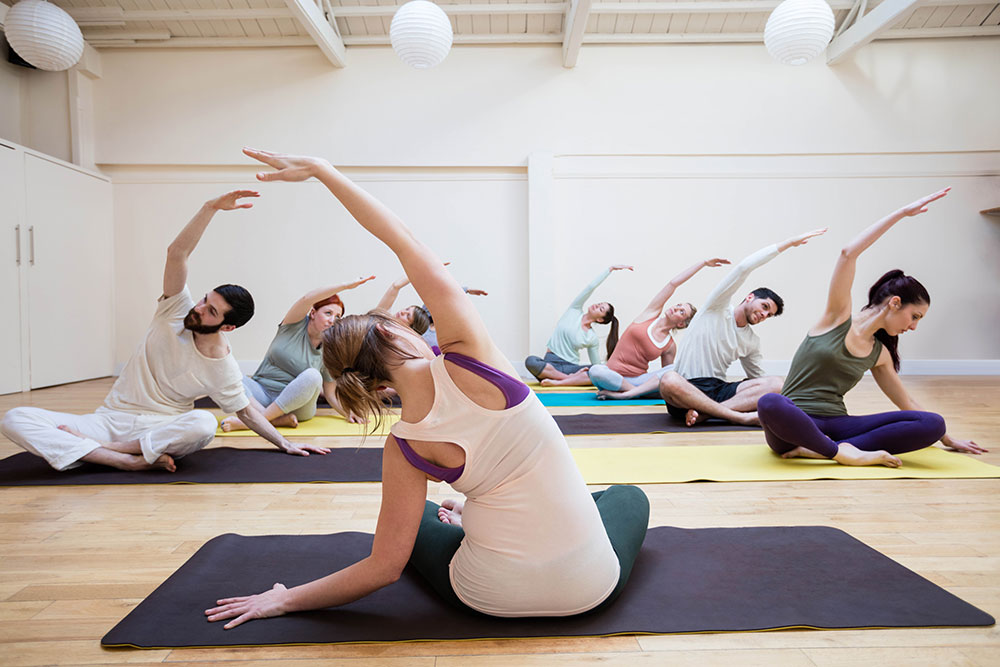
Understanding the link between emotions, immunity and diseases
Believe it or not but our emotional health is the key to our well being. Our emotions, stress levels are closely and intricately tied to various bodily processes and if not kept in check can easily throw it off-track causing a host of ailments. Not many would realise but our emotional health has a direct impact on our immunity. When the immune response becomes sluggish, one gets prone to various diseases.
"The role of our emotions in maintaining a strong immune system is extremely powerful and significant. I have a lot of case studies where I found this correlation. During extreme emotional fluctuations, the digestive health and intestinal activity become less, the immunity comes down and hormonal secretions get disturbed. Abnormal hormonal secretions can lead to faulty blood circulation in the body and can even weaken the nervous system as well as muscles," says Yogi Anoop.
With Yogi Anoop, explore a host of ways to manage your stress effectively. With a range of pranayama and meditation techniques, you can take care of your emotional health and move toward achieving a healthier lifestyle and a strong body.
Here's taking a quick look at some of the asanas and breathing techniques that can help relax your mind.
Shashankasana
Alternatively known as 'the pose of the moon' or the 'hare pose', the asana has a calming and soothing effect and relaxes the mind. Start the pose by sitting in Vajrasana (thunderbolt pose). Inhale and raise your arms, slowly bending forward with your forehead touching the ground. Your hands should be completely stretched out in front while you continue to breathe normally. Hold the pose for a second and inhale while bringing your arms and chest back to the normal position in Vajrasana.
Tip
If you feel pain in the lumbar or the cervical region of the spine then do not hold the pose for long. Those with a slipped disc should avoid practising this asana.
This asana is very beneficial for those with a stiff spine. It gives a nice stretch to the entire spine and is also very relaxing for the entire body.
Goumukhasana (cow face pose)
In yogic practice, this posture holds great importance, especially for those who suffer from neck and cervical spondylitis. This is also great for alleviating stress and quietening the mind.
Technique
Sit comfortably while keeping your back straight and spread your legs. Close your eyes and inhale deeply for over a couple of times. Now fold your left leg from the knee and touch the heels to the right hip. Your right leg should be kept on the side of the left leg. The knees should be kept one upon the other. Now, take your right arm up and bend it from the elbow to place it on your back. Your left arm should go downward and behind your back to lock with the other.
Make sure your neck is straight and the chest is blown outward. Look straight and breathe normally for half a minute. Repeat on the other side.
Tip
While doing this exercise always be alert toward your breathing. Make sure you breathe normally. Concentrate on the interlocking of your hands behind your back.
This posture makes the chest, the thoracic and the cervical part of the body stronger. Even the lungs and the trachea get strengthened and all obstruction related to these parts are gradually resolved by practising this posture regularly.
Sarvangasana (shoulder stand)
"Any posture or exercise that involves reversing the flow of the blood in the body and channelling it toward the brain is excellent for mental health. However, the shoulder stand should be done carefully and avoided by those who suffer from shoulder or back injuries," says Yogi Anoop.
Begin by lying flat on the back. Inhale and exhale deeply and slowly and relax the whole body. Now, fold your legs at your knees and with the support of your hands raise the lower part of the body. Raise your legs, then the hips and the back until your entire body points to the ceiling and rests on your shoulders supported by your hands. Keep your spine and legs in a straight line and maintain normal breathing.
To come out of this posture, just bend your knees, curve your back and slowly return to lying on the floor while exhaling. First, bend your knees, put your palms on the floor, then curving the spine, gradually unfold the way one unrolls a carpet. When your entire back touches the floor, straighten the knees, take a deep breath and slowly lower your legs to the ground while breathing out. The posture can be retained for fifteen seconds to five minutes, depending on the level of fitness and practice.
The shoulder stand is extremely beneficial for the thyroid gland and gets it working at its peak efficiency. The thyroid gland is primarily responsible for regulating weight and a youthful appearance. The posture also regulates the sex glands, vitalizes the nerves, purifies the blood and promotes good circulation. It strengthens the lower organs of the body and helps them stay in good health. The asana also gives a nice stretch to the neck muscles and is beneficial for people suffering from poor circulation, constipation, indigestion, asthma and reduced virility.
This pose is especially recommended to women after childbirth and to those suffering from painful menstruation, among other disorders and seminal weakness.
Tip
Those suffering from organic disorders of the thyroid gland should avoid performing this asana. Be very cautious if you are suffering from high blood pressure or any major brain disease and chronic nasal catarrh.
Anulom Vilom (alternate nostril breathing)
“By the proper practice of pranayama, all diseases (mental or physical) can be eradicated. Through improper practice, diseases can arise,” Yogi Swatmaram.
The yoga guru also laid great emphasis on the significance of alternate nostril breathing which can purify the nadis (the entire nervous system) within three months.
Practising Anulom Vilom is very easy but must be performed with care and consistency. Sit in any comfortable meditative pose or on a chair. Begin by closing the right nostril and inhaling slowly, steadily and deeply through the left nostril. After full inhalation, hold your breath for a while and close the left nostril to exhale slowly and steadily through the right nostril. Repeat on the other side to complete one round of this breathing technique. Repeat for five to ten minutes with closed eyes.
Tip
Keep your body and mind relaxed and ensure no strain is on the face. Your head should not tilt in any direction. Those suffering from high blood pressure or heart ailments must avoid holding the breath. The pranayama is excellent for reducing stress, anxiety and depression.
Copyright - by Yogi Anoop Academy
